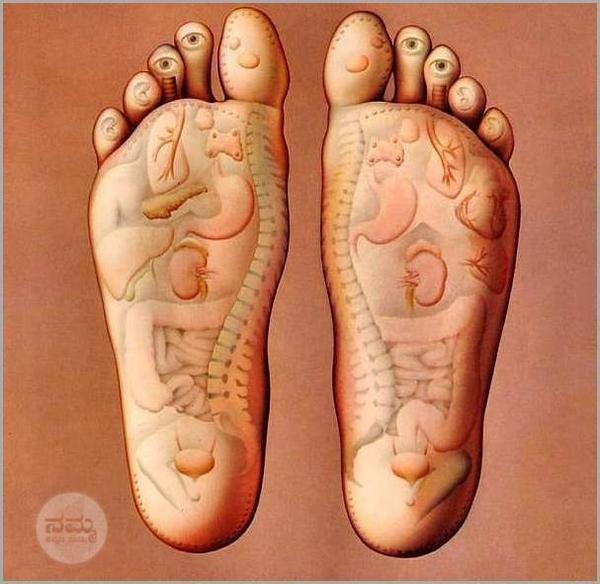An expert explains the benefits of reflexology massage
An expert explains the benefits of reflexology massage
The reflexologist Rosanna Bickerton on how reflexology can provide pain and anxiety relief, plus how she ‘reads’ feet.
“Some of my clients have been coming for nearly 20 years… First they feel better, then they feel well, then they stay well,” laughs the reflexologist Rosanna Bickerton. “A new client will tell me they haven’t had a cold this year for the first time ever, that they have more energy. Reflexology definitely helps the body, even if we don’t quite understand how.”
What you notice during a session with the charmingly perspicacious Bickerton, 53, is that she can send even the most thought-addled brain into delicious shutdown. “The anxiety state is what I see most often. Which means that all the energy is in the head, so the rest of the body doesn’t have enough energy. My work triggers the parasympathetic nervous system, reducing anxiety, stopping the fight-or-flight response, and letting the body heal.”
The aim of reflexology is to “create homeostasis, which means that the organs in the body are all working together and at their best.”
Bickerton trained in Beijing with the legendary Professor Hang, the former chairman of the China Reflexology Association. Hang recommended that health issues be targeted with daily sessions over 10 days. “No mean feat in London,” she concedes, “but the results can be remarkable.”
She recalls one client who had for years suffered 16 days of PMS per month – after 10 days’ treatment, this was reduced to two. That said, Bickerton sees most people once a week for at least six weeks. She also teaches DIY points so clients can work on their issues at home, an approach common in China.
What is it?
The feet provide a map for the body’s organs – the stomach and pancreas, for example, are found in the arch. Any problems in the body are therefore reflected in the feet, and can be diagnosed and treated via the same specialised foot massage.
What is it good for?
Reflexology is a powerful form of preventative medicine, says Bickerton, and she has many entirely “healthy” clients. She also works a lot on “minor health problems”, be they digestive issues or back- or headaches. And she has had success in pain management, and in working with sufferers of long-term degenerative conditions such as multiple sclerosis and Parkinson’s. “I can’t reverse these conditions, obviously, but I can help with some of the symptoms.”
How did it start?
There is evidence that reflexology was developed as early as 4,000BC in China, where its use remains widespread (schoolchildren in Beijing are taught to do it on each other). Foot therapy was practised by Native American tribes, and in Ancient Egypt.
How does it work?
Bickerton “reads” the body via the feet – crunchiness, soreness or “hollowness” in an area indicates a problem in the related organ or body part – then applies pressure to trigger the body’s healing processes.
by Anna Murphy For The Telegraph
Be the first to post a message!
